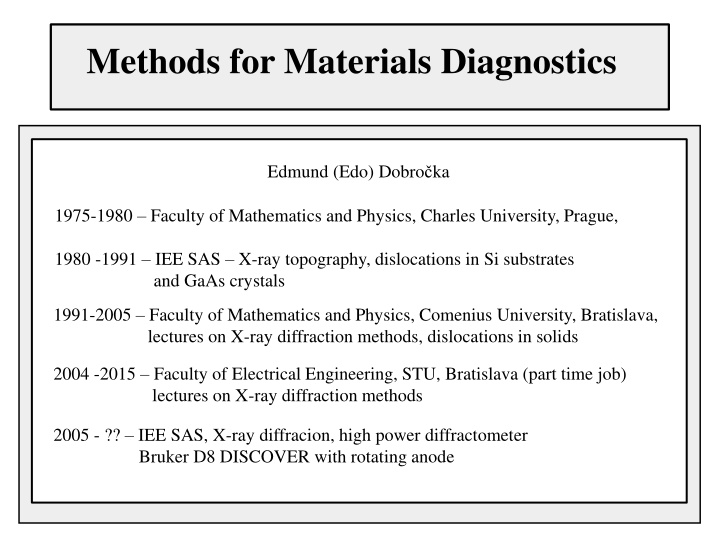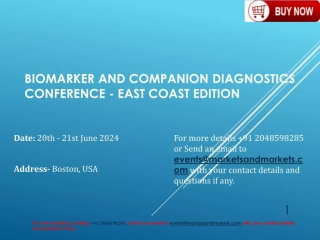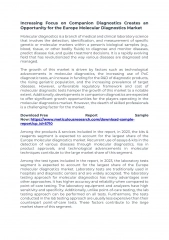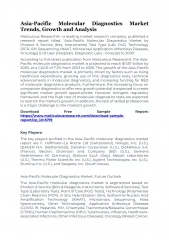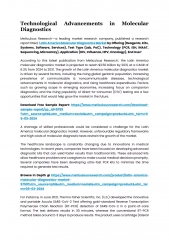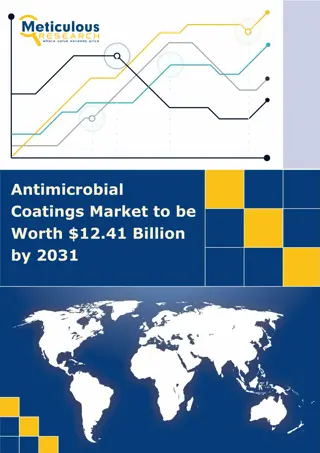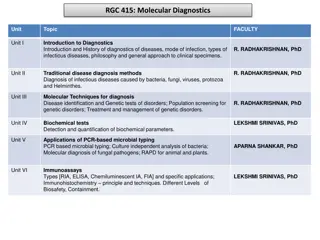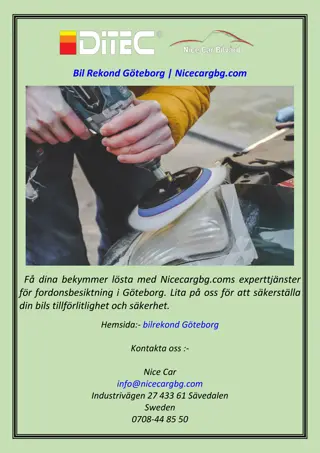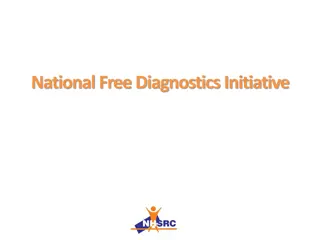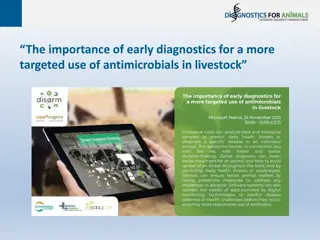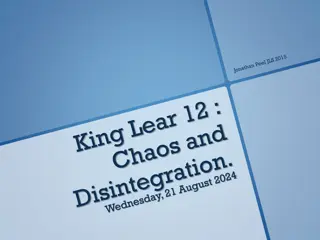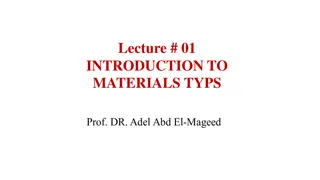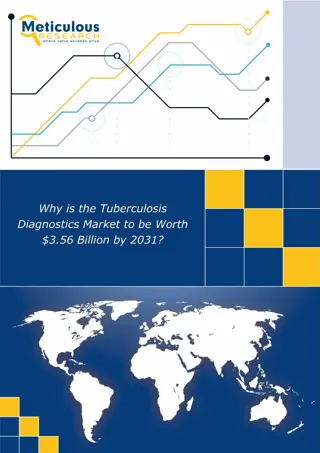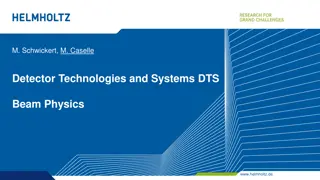Methods for Materials Diagnostics by Edmund Dobroka
Comprehensive overview of diagnostic methods by Edmund Dobroka spanning his academic career from 1975 to present. Topics include X-ray topography, dislocations in substrates, lectures on diffraction methods, and more. This content delves into the fundamental principles underlying materials diagnostics and crystallography.
Download Presentation

Please find below an Image/Link to download the presentation.
The content on the website is provided AS IS for your information and personal use only. It may not be sold, licensed, or shared on other websites without obtaining consent from the author.If you encounter any issues during the download, it is possible that the publisher has removed the file from their server.
You are allowed to download the files provided on this website for personal or commercial use, subject to the condition that they are used lawfully. All files are the property of their respective owners.
The content on the website is provided AS IS for your information and personal use only. It may not be sold, licensed, or shared on other websites without obtaining consent from the author.
E N D
Presentation Transcript
Methods for Materials Diagnostics Edmund (Edo) Dobro ka 1975-1980 Faculty of Mathematics and Physics, Charles University, Prague, 1980 -1991 IEE SAS X-ray topography, dislocations in Si substrates and GaAs crystals 1991-2005 Faculty of Mathematics and Physics, Comenius University, Bratislava, lectures on X-ray diffraction methods, dislocations in solids 2004 -2015 Faculty of Electrical Engineering, STU, Bratislava (part time job) lectures on X-ray diffraction methods 2005 - ?? IEE SAS, X-ray diffracion, high power diffractometer Bruker D8 DISCOVER with rotating anode
Methods for Materials Diagnostics Introduction. Non-crystalline state. Hard-Sphere models, Random-Walk models, Fractal models. 2. Crystalline state. Symmetry, symmetry operations, space lattice, unit cell, primitive cell. Miller indices, crystallographic symbols. Crystallography in two dimensions. Crystallography in three dimensions. Crystal systems, Bravais lattices, point groups, space groups. 3. Symmetry and the properties of crystals. Neumann, Curie and Voigt principles. Examples of structures. Imperfections in crystals and their experimental observation. Point defects, dislocations, stacking faults. 4. Diffraction methods. Laue equations, reciprocal lattice, Ewald construction, Bragg equation. Diffraction indices, atomic form factor, structure factor, intensity of diffracted radiation. 5. Basic X-ray diffraction experiments, Debye-Scherrer method, Laue method, X-ray diffractometry. Bragg-Brentano set-up, double axis and triple axis diffractometry. Imaging methods, X-ray topography. 1.
Literature Samuel M. Allen, Edwin L. Thomas: The Structure of Materials, John Wiley & Sons, Inc., New York 1998, USA J. C. Anderson, K. D., Leaver, R. D. Rawlings, J. M. Alexander: Materials Science, Stanley Thornes (Publisher) Ltd, Cheltenham 1998, UK J. F. Nye: Physical Properties of Crystals, Clarendon Press, Oxford 2006, UK R. W. James: The optical Principles of Diffraction of X-Rays, Ox Bow Press, Woodbridge, Connecticut 1948, USA B. E. Warren: X-Ray Diffraction, Addison-Wesley, London 1969, UK M. Birkholz: Thin Film Analysis by X-Ray Scattering, Wiley-VCH Verlag GmbH & Co. KGaA, Weinheim 2006, Germany V. Valvoda, M. Polcarov , P. Luk : Z klady strukturn anal zy, Karolinum, Praha 1992
Introduction Material Science and Engineering (MSE) multidisciplinarity MSE tetrahedron Structure Properties Processing Performance role of lattice defects important!! ideal perfect crystal point defects microelectronics not always the best solution dislocations plasticity in metalurgy New discipline defect engineering!
Defect engineering - example Intrinsic gettering in Si wafers dislocation loops punching from SiOxprecipitates growth of SiOxprecipitates denuded zone efficient sinks of lifetime killers (Au, Pt, Ni,..)
Structure definition quantitative description of the arrangements of the components that make up the material on all relevant length scales chemical composition arrangement thermal expansion coefficient (10-6 K-1) SiO2 1 = 13 low quartz kreme 3 = 8 trigonal crystal vitreous silica kremenn sklo = 0.5 (isotropic) amorphous
Descriptors (truktrne charakteristiky) conceptual scheme that provides a precise quantitative characterization of some aspect of structure Examples: bond length d ka v zby unit cell element rna (z kladn ) bunka symmetry elements prvky symetrie coordination number koordina n slo vacancy concentration koncentr cia vakanci grain size ve kos z n correlation distance korela n vzdialenos (d ka)
Chemical bond chemick vzba bond type bond energy covalent metallic ~ 5 eV (8 10-19J) ~ 0.5 eV ionic van der Waals 1 3 eV 0.001 0.1 eV bond length d ka v zby 0.1 0.25 nm bond angles uhol medzi v zbami (for covalent bonds) sp2 120 sp3 109.5 orbital hybridisation sp2, sp3 sizes of atoms /ions atomic radii at mov polomery depends on bond type
group of atoms coordination number koordina n slo coordination shells koordina n sf ry
group of atoms packing fraction miera zaplnenia Vi volume of individual structural units (atoms, molecules...) VT volume (macroscopic) of the sample gases Vv~ 10-4 liquids and amorphous solids Vv~ 0.5
Classification of materials crystalline state non-crystalline state (amorphous) long range order LRO usporiadanos na dia ku short range order SRO usporiadanos nabl zko tranlational symmetry!! lack of tranlational symmetry!! liquid crystals statistical parameters orientational order quasicrystals absence of translational symmetry or LRO sharp diffraction spots in TEM
Non-crystalline state liquid state low viscosity kT > binding energy glassy state high viscosity kT < binding energy similar structure difference in dynamics glass transition VF volume VF free volume VF melting Tm Tg temperature
Pair distribution function hard sphere model liquid/glass primitive cubic monoatomic crystal gas g(r) g(r) g(r) 12 1 1 8 6 6 correlation distance r r r 2R0 4R0 2R0 4R0 2R0 4R0
Hard sphere model model tvrdch g g(r) average number of nearest neighbors r Bernal 1959 Random close-packed sphere model for fcc and hcp NN = 12 packing fraction Vv~ 0.64 Vv= 0.7405
Random walk models modely nhodnej prechdzky 1, 2, 3 dimensions applications: constant or variable step length shapes of flexible polymer molecules motion on fixed lattice Brownian motion motion in any direction diffusion
Random walk models modely nhodnej prechdzky step length l number of steps n uncorrelated motion end-to-end displacement Rn root-mean-square displacement polymer chain packing fraction n spheres of diameter D0
Fractal models expanding dilatation symmetry fractal dimension D fractal object with mass M size R D is an integer for compact objects M ~ RD
Examples Menger sponge polymer chain Koch snowflake
Fractals in material science Diffusion-limited aggregation simulation of growth Fracture Self-regulating heaters correlation between polyethylene-carbon black composite fracture toughness and the fractal dimension of the fracture surface particles form conductive fractal structures
